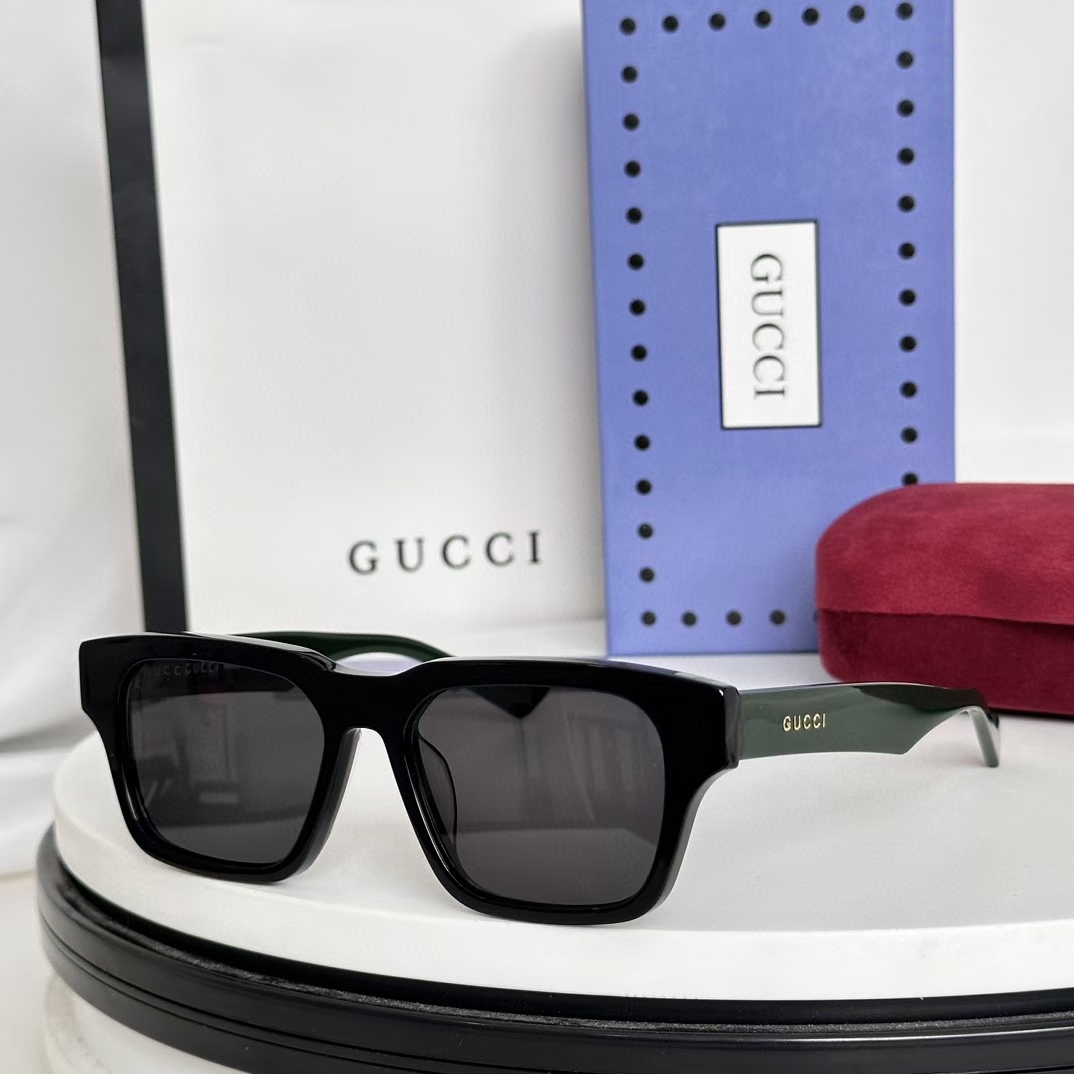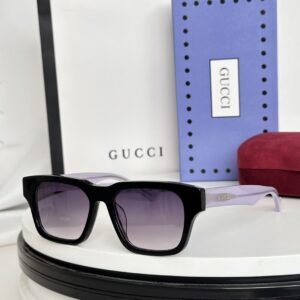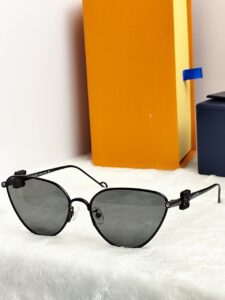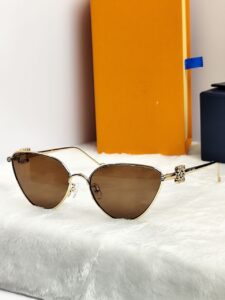Defining Counterfeit and Replica Sunglasses
Counterfeit sunglasses are unauthorized imitations of branded eyewear that violate intellectual property laws. These products are produced with the intent of deceiving consumers by mimicking established brands. Typically, counterfeit sunglasses are manufactured using inferior materials, compromising on quality and safety. They are usually sold at significantly lower prices, appealing to budget-conscious shoppers. However, purchasing counterfeit items poses risks, not only in terms of product quality but also regarding legality and consumer protection. These products often circulate in grey markets, circumventing proper regulation and oversight, which can lead to legal repercussions for both sellers and buyers.
In contrast, replica sunglasses aim to visually resemble well-known styles but do not purport to be authentic products of any particular brand. These replicas are not meant to mislead consumers into believing they are genuine brand items. Instead, they are often marketed and sold as generic alternatives. While replicas can still provide a fashionable option, they may lack the craftsmanship and material quality found in authentic designer eyewear. The market for replica sunglasses often thrives on the desire for aesthetically appealing accessories without the higher price point associated with genuine products.
From a legal standpoint, the implications surrounding counterfeit and replica sunglasses vary significantly. Counterfeiting is a criminal offense, drawing significant penalties and enforcement actions. In contrast, the production and sale of replicas operate in a more ambiguous legal territory, as they do not infringate on trademarks in the same manner as counterfeit items. Consumer perceptions also tend to differ; while many view counterfeit sunglasses as undesirable and unethical, replica sunglasses may be regarded as acceptable, especially if they fulfill the aesthetic needs without misleading intentions. Understanding these distinctions is critical for consumers making informed purchasing decisions in the sunglasses market.
Quality and Production Differences
The quality and production methods of counterfeit and replica sunglasses are crucial factors that differentiate these products from their authentic counterparts. Understanding these differences helps consumers make informed purchasing decisions and emphasizes the importance of investing in genuine eyewear. Counterfeit sunglasses, often produced in unregulated environments, prioritize speed and low cost over quality and safety. This approach typically results in the use of substandard materials that may not provide adequate UV protection, leading to potential harm to the wearer’s eyes. Furthermore, the craftsmanship associated with counterfeit sunglasses is frequently lacking; these products may have poor finishing, misaligned components, and a generally inferior aesthetic appeal.
In contrast, replica sunglasses often exhibit a higher level of craftsmanship. While they are designed to mimic authentic brands, the production processes for replicas can vary significantly. Many manufacturers invest in better materials, which may include durable plastics or metal alloys that provide increased longevity compared to those used in counterfeit products. This results in replicas that, although not genuine, can offer a semblance of the construction quality found in authentic eyewear. However, even with improved craftsmanship, replica sunglasses generally do not meet the same rigorous quality control standards as the originals, making them less reliable in terms of overall durability and performance.
Additionally, the manufacturing processes for replicas may often involve more sophisticated techniques and oversight than those of counterfeit sunglasses. This can lead to a product that, while still falling short of authenticity, may be perceived as a more viable option for those who seek to balance affordability with an aesthetic comparable to genuine products. Nevertheless, it is important to understand that both counterfeit and replica sunglasses inherently lack the assurance of safety and efficacy that comes with authentic eyewear.
The Replica Eyewear Industry vs. The Knockoff Fashion Industry
The replica eyewear industry shares several notable similarities with the broader knockoff fashion industry, particularly in terms of business models and target markets. Both sectors often thrive by providing consumers with more affordable alternatives to high-end fashion products. The replica sunglasses segment usually targets individuals who want to emulate luxury styles without the significant financial investment associated with designer eyewear. This alignment is evident as both industries often rely on a demographic that values fashion but may not possess the means or willingness to pay premium prices.
Consumer demographics in these two industries are often similar, comprising mainly younger adults and fashion-conscious individuals drawn to popular styles and trends. While brand loyalty can occasionally influence purchasing decisions, many consumers remain indifferent to brand authenticity and choose replicas or knockoffs based on aesthetic appeal. This highlights a broader trend within society where there is a significant appreciation for design over branding, creating a robust market for both replica sunglasses and knockoff clothing.
Ethical considerations within these industries are complex and multifaceted. The replica eyewear sector faces criticism similar to that experienced by the knockoff apparel market, particularly regarding intellectual property rights and the potential impact on original designers. However, consumer attitudes can reflect a distinct divergence; while knockoff fashion items may be viewed more negatively, the perception of replica eyewear can be more lenient. Many consumers view replica sunglasses as a practical choice for style without the expense associated with genuine luxury brands. Studies indicate that approximately 45% of consumers express indifference towards the legitimacy of replicas, suggesting an evolving view towards authenticity and value over brand exclusivity.
The growth and challenges faced by both industries remain a focal point of discussion among stakeholders. As fashion trends shift rapidly, the adaptability of the replica eyewear market allows it to capitalize on fleeting trends, reflecting a dynamic landscape comparable to the broader knockoff fashion industry.
Consumer Awareness and Making Informed Choices
In the ever-evolving landscape of fashion and accessories, consumer awareness is paramount, particularly concerning counterfeit and replica sunglasses. These two categories represent not only a difference in authenticity but also in quality, price, and ethical considerations. By understanding how to differentiate between authentic eyewear and their imitations, consumers can make informed choices that not only satisfy their aesthetic needs but also support legitimate brands.
To start, it is essential to examine the price of sunglasses. Genuine designer eyewear typically comes with a price tag that reflects its quality, craftsmanship, and brand reputation. If a pair of sunglasses is being offered at a fraction of the retail price, especially online, it is prudent to question its authenticity. High-quality sunglasses are often characterized by premium materials and superior lens technology, which can be compromised in counterfeit products.
Branding plays a crucial role in recognizing legitimate products. Authentic sunglasses will have proper branding, including logos and labels, placed in specific locations and designed with precision. A careful inspection of the packaging is equally important; genuine brands tend to invest in high-quality packaging materials, whereas counterfeit products often come in generic or poorly made packages.
For consumers looking for reliable sources of information, numerous online resources and organizations offer insights into distinguishing authentic sunglasses from counterfeits. Websites like the Better Business Bureau, Federal Trade Commission, and brand-specific resources often post guidelines on how to identify genuine products. Additionally, engaging with community forums or consumer advocacy groups can provide valuable tips and shared experiences regarding product authenticity.
Finally, it is important to recognize the impact of counterfeit products on the broader economy and brand integrity. Reporting counterfeit goods can help combat this issue, maintaining the value of authentic brands. By prioritizing knowledge and awareness, consumers can protect themselves from falling for imitations and contribute to the industry’s growth by championing authenticity.



